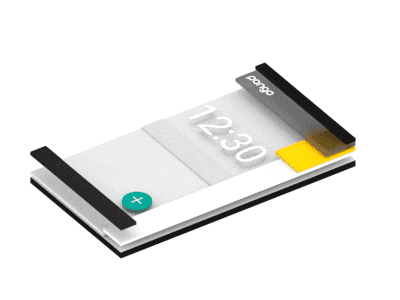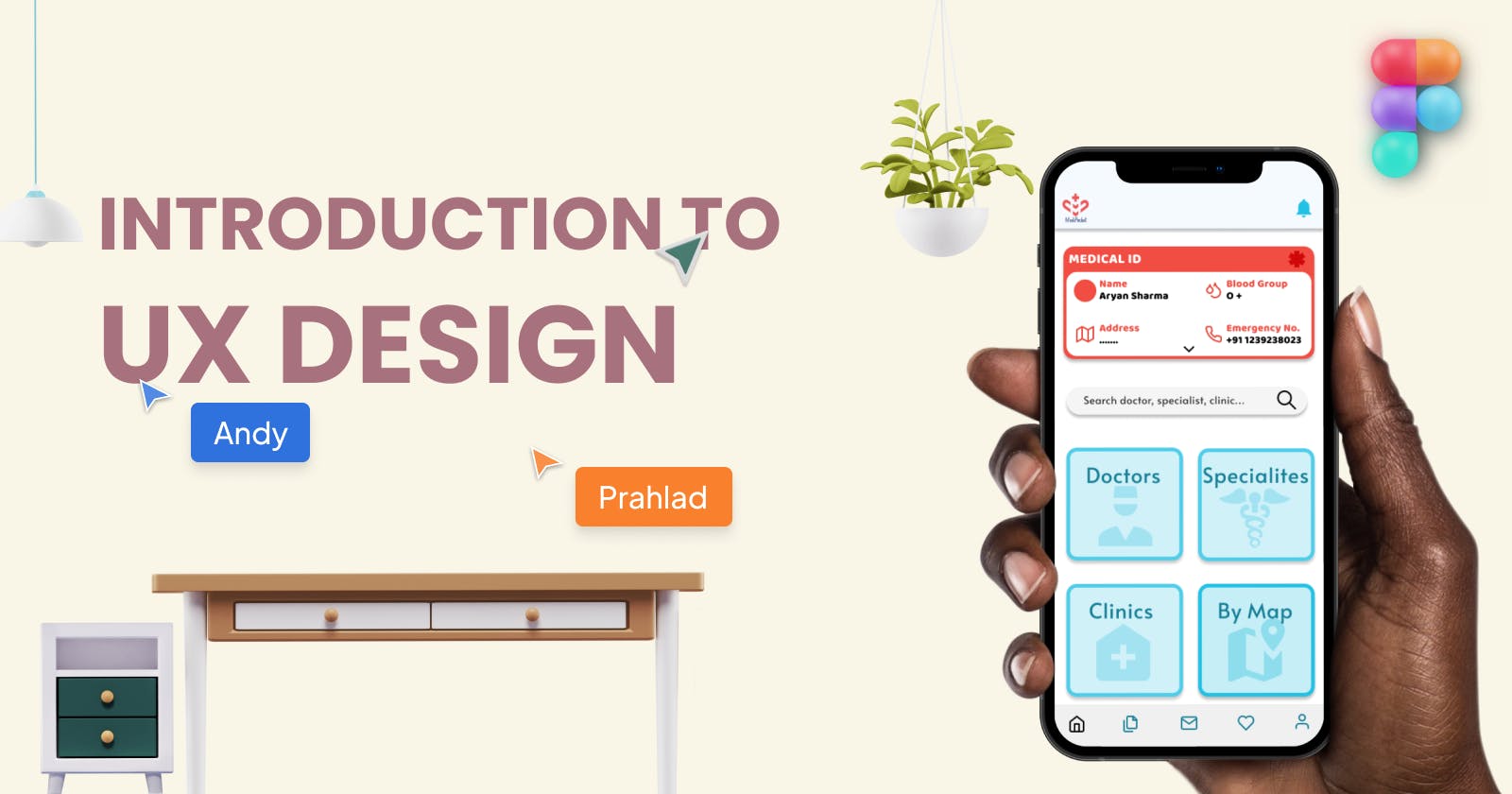Table of contents
What is UX(User Experience)?

UX enhances user satisfaction with a product by improving the usability, accessibility, and pleasure of interacting with the product.
(OR SIMPLY)
How does a person, the user feels about interacting with or experiencing a product? Here a product can be a good, service, or feature.
For a user to have a good experience the product must be usable, equitable, enjoyable, and most important thing is it should be useful as well.
Jobs in the field of User Experience(UX) Designer

Interaction Designer: They focus on designing the experience of a product and how it functions.
Visual Designer: They focus on how the product or technology looks. Logos, illustration, font color, font size, layouts, etc.,
Motion Designers: They think about what it feels like for a user to move through a product. smooth transitions between pages.
Graphic Designer: They create visuals that tell a story or message. They focus on the physical appearance of a product.
UX Designer: They focus on how users interact with a product.
UX Researcher
UX Writer
Production Designer
UX Engineer
UX Program Manager
Conversation Designer
VR/AR Designer
Product development life cycle

The process used to take a product from an idea to reality
Brainstorm
Define
Design
Test
Launch
What is a Good Design

A Good Design needs to have the following characteristics:
Usable: The Design, structure, and purpose of the product are clear and easy to use.
Equitable: The Designs are helpful and marketable to people with diverse abilities and backgrounds.
Enjoyable: The Design delights the user and fosters a positive connection with them by addressing the user through feelings.
Useful: The Design should solve the user's problems

Example: Food Delivery App
Usable: Add to Cart, Back to home, and Checkout buttons
Equitable: Translate feature
Enjoyable: Images (visual appearance)
Useful: Filter feature (narrow down the search)
Job Responsibilities of entry-level UX Designers

Researching
Wireframing
Prototyping
Creating information architecture
Communicating effectively
Types of UX Designers

There are 3 types of UX Designers
Specialist Designer: One Particular UX Design role
Generalist Designer: Having hands-on with multiple UX Design roles. User Research, Branding, User flows, UX Writing, Visual Design, Prototyping, Production Design, Information architecture, and Usability Testing.
T-Shaped Designer: Specialized in one kind of UX Design and has a breadth of knowledge in other Areas.
Work in a cross-functional team

Example: Building an app for Ordering food.
Product Lead: Decides the scope of the project.
UX Researcher: Tries to understand user trust.
Interaction Designer: Figures out the flow for ordering.
Visual Designer: Thinks about how to make it easy for users to find allergy-free food in the product.
Engineer: Bring wireframes and prototypes to life.
Program Manager: Ensure clear and timely communication across the team.
Who is the User?
A user is any person who uses a product
Who is the End User?
An end user is a specific audience a UX designer creates something for.
Goals of a good user experience

Is the product easy to use?
Is the product equitable?
Does the product delight the user?
Does it solve the user's problem?
Prioritize the User
User-Centered/ Human-Centered Design Framework: This Design Framework puts the users front and center.
Design Thinking Framework: A way to create solutions that address a real user problem.
Human-Centered Design
Human-Centered or User-Centered design is a creative approach to problem-solving. It's a process that starts with the people, You're designing for and ends with new solutions that are tailor-made to suit their needs.
Human-Centered Design Mindset
Empathy
Optimism
Embrace Ambiguity
Make it
Learn from Failure
Creative Confidence
Iterate
Design Thinking Framework
A way to create solutions that address a real user problem and one functional and affordable.
The Process starts with
Empathize - What user really need
Design - Problem Statement
Ideate - Brainstorm
Prototype - Scaledowm product
Test - Test Prototype to user
Design Thinking
People
Business Objective
Design
Follow for more
Linkedin: https://www.linkedin.com/in/prahladinala/
Github: https://github.com/prahladinala/
Instagram: https://instagram.com/prahlad.inala/
Twitter: https://twitter.com/prahladinala
Figma Community: https://www.figma.com/@prahladinala
Dribbble: https://dribbble.com/prahladinala
Behance: https://www.behance.net/prahladinala
Personal Portfolio: https://prahladinala.in
ToolMate: https://toolmate.co.in

